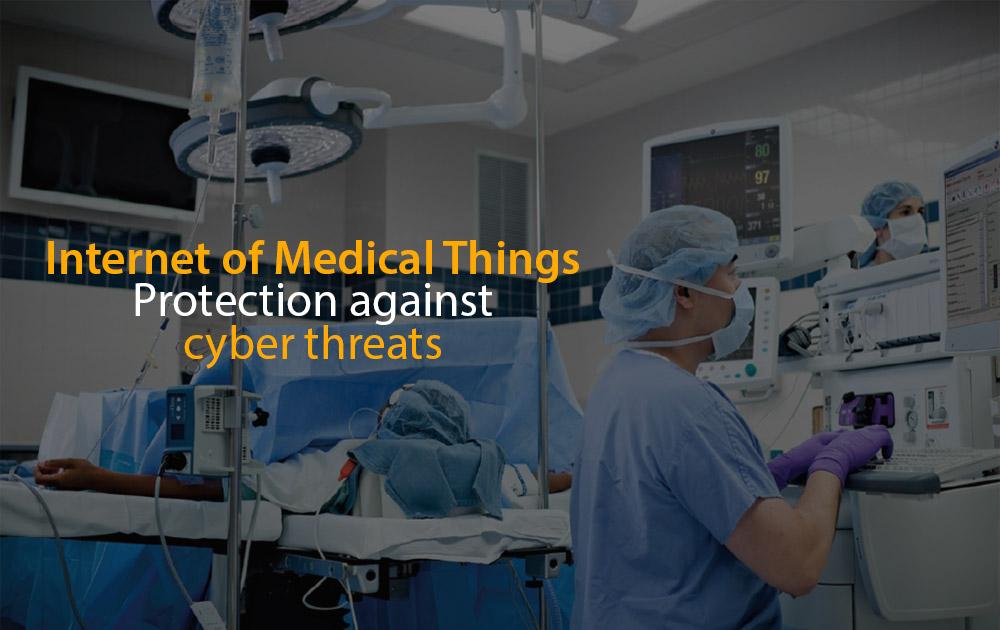Internet of Medical Things (IoMT) is a collection of medical devices and applications that connect to health- care IT systems through online com- puter networks. These include medi- cal devices equipped with Wi-Fi that allow machine-to-machine communication. Though the rise of the IoMT has improved processes and patient care but has also resulted in an increased number of vulnerabilities.
Healthcare IT security teams in India must be prepared to face possible cyber-attacks on connected medical devices in healthcare facilities, as well as home health devices. These devices have not been designed with security as its top concern since developers are primarily focused on its functionality and ease of use.
According to Allied Market Research, the global Internet of Things (IoT) healthcare market is expected to reach US$136.8 billion by 2021, registering a CAGR of 12.5 percent between 2015 and 2021, driven by easy availability of wearable smart devices and decreasing cost of sensor technology. Cyber-attacks will continue to be a threat for healthcare providers and likely in greater volumes going forward. The resulting overall downtime, incident response and legal fees, as well as long term reputational damage can cost hospi- tals millions and keep them from providing high quality care to patients. The best course of action is to ensure every hospital has a robust and integrated security strategy.
Keeping this in mind Fortinet offers certain strategies for healthcare organizations to prepare against imminent IoMT cyber-threats: A dedicated team needs to be put into place to uncover the latest threat intelligence so that real time threat and mitigation updates can be made expeditiously, before cybercriminals take advantage of any weaknesses in connected IoT devices or the critical services they provide. An organisation needs to ensure that their security posture is upto date with prevention and detection measures as well as develop and maintain good network hygiene which includes systematic patching and updating of vulnerable systems and replacing outdated technologies that are no longer supported.
Want to write for InnoHEALTH? send us your article at magazine@innovatiocuris.com

